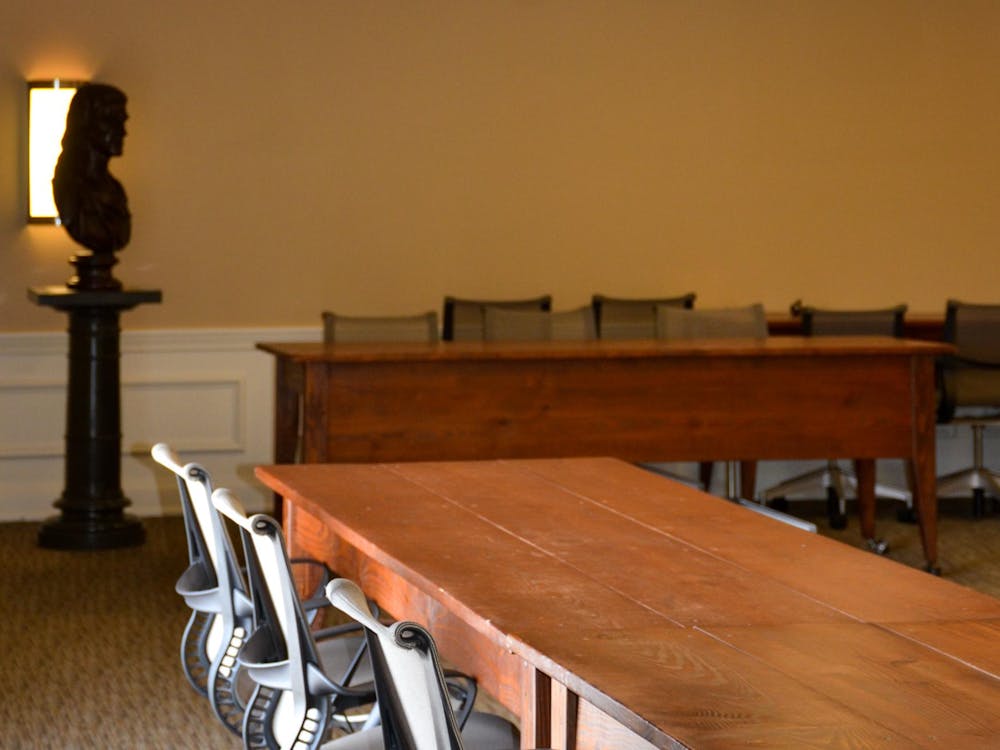Beijing - China hopes to conduct a spacewalk in 2007 and might recruit women into its next group of astronaut candidates, a senior space program official said Monday following the safe completion of the nation's second manned mission.
The Shenzhou 6 flight ended the first stage of China's plan, which focused on development of space vehicles, said Tang Xianming, director of the China Space Engineering Office. The next stage focuses on developing ways for astronauts to walk in space and the ability to rendezvous and dock with other spacecraft, he said.
"Our estimate is that around 2007 we will be able to achieve extravehicular activity by our astronauts and they will walk in space," he said at a news conference.
Tang said he also expected to see female Chinese astronauts "in the not-too-distant future."
"At present, we do not have women participants among our astronaut candidates," he said. "But according to our development program and plans for manned space engineering, for the next round of selections, we might consider having some female astronauts."
The Shenzhou 6 capsule carrying astronauts Fei Junlong and Nie Haisheng landed before dawn Monday by parachute in China's northern grasslands after a five-day mission.
Crews rushed to the site in helicopters and off-road vehicles. State television showed the astronauts climbing out of their kettle-shaped capsule with the help of two technicians and clambering down a ladder in the darkness.
The country's No. 2 leader, Wu Bangguo, who watched the landing from the Beijing mission control center, declared the flight a success.
"This will further improve the country's international status and national strength, and will help to mobilize its people to rally around the Communist Party and work harder for the future of the country," Wu said in a brief speech to technicians.
On Monday, state television showed technicians at the Beijing control center, once a closely guarded secret, cheering when word came that the astronauts were safe.
On the tarmac in the Chinese capital, Defense Minister Cao Gangchuan saluted them and other members of the astronaut corps embraced them, one with tears in his eyes.
Fei and Nie, both former fighter pilots, rode in an open car in a parade through a military facility.
Shenzhou 6 flew 2 million miles in 115 hours and 32 minutes in space, the official Xinhua News Agency said. The mission was far longer and more complex than the 2003 flight, when astronaut Yang Liwei orbited for 21 1/2 hours.
The Shenzhou 6 mission demonstrates that "China has grasped the core technology of manned space engineering and shows that China can independently solve high-technology problems and has earned a seat in the upper echelons of the world's science and technology fields," Tang said.
The Shenzhou 6 is a modified version of Russia's Soyuz capsule. China also bought Russian technology for spacesuits, life-support systems and other equipment. But space officials say all the items launched into orbit were Chinese-made.
The government already has announced plans to land an unmanned probe on the moon by 2010 and eventually send up an orbiting laboratory.
China said last year it would launch a moon-orbiting satellite in 2006. The 2-ton Chang'e satellite would orbit at least a year and record three-dimensional images of the lunar surface.
The lunar program includes plans to land a vehicle by 2020 that would collect soil samples and conduct other tests, possibly in preparation for a manned moon base.






